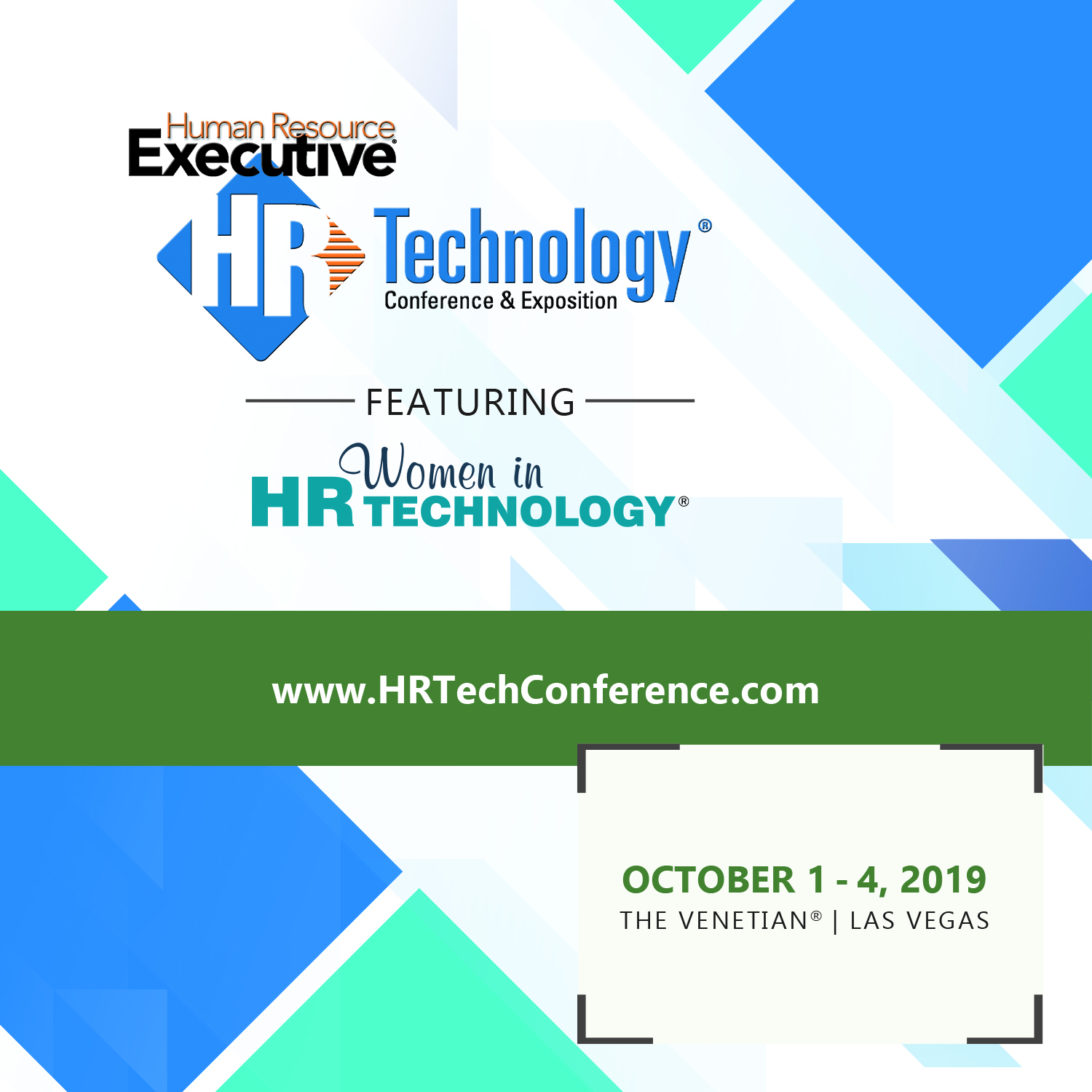Who knows what around here?
A week or two back over on the PsyBlog a post called 'Why Groups Fail to Share Information Effectively' caught my attention. The post cited a 1985 research study that found that people trying to make decisions in groups spend most of their time telling each other things that everyone in the group already knows.
This of course leads to ineffective decision making, as people tend to withhold information known only to themselves that may hold the key to solving the problem and making the best decision.
One of the remedies that the PsyBlog piece offers is to make members of a group aware of each other's expertise, so they know (broadly speaking) what everyone else knows. In 1985, there were really no technologies available to organizations to support this 'expertise awareness'.
Today the problem might be too many options that support finding and contacting 'expertise' in an organization. Software tools that support expertise locating and store employee talent profile Flickr- Omnosinformation seem to by multiplying by the week.
Here are just some of the options available
Core HRIS - This seems like a no-brainer, right? All the necessary 'core' and demographic data for employee profiles should be a part of the HRIS. And job and assignment history, and potentially information on past performance and training might be in the HRIS. But most HRIS lack really detailed and granular information on competencies, projects an employee participated on, and thinks like interests, goals, and other unique and distinguishing attributes. After all, the main function of the HRIS is to make sure the employees are paid properly, administrative tasks like transfers, salary adjustments, and benefit enrollments can be entered efficiently. The HRIS vendors do have plenty of opportunity in the talent profile area, but most have not focused heavily in this space. Recently the Oracle HRMS 12.1 release was expected to include a more robust Talent Profile capability and this does give some indication of what is possible in the profile realm from the core HRIS vendors.
Talent Management Systems - employee profiles that are part of integrated talent management systems can give insight as to the expertise of employees by focusing on key elements like competencies, performance history, and training and development taken. Profiles built inside Talent Management systems might lack some 'core' data from the HRIS like educational background, resumes, and job history however. Some good examples can be seen from Halogen Software and SuccessFactors.
Corporate Social Networks - Software for internal corporate social networking from vendors like SelectMinds, Nobscot, and Jive all have the 'profile' as an essential element of the solution set. In most of these applications, the employees themselves create and maintain their own profiles, and the accuracy and reliability can vary from employee to employee. The key in these types of tools is for the organization to arrive at the optimal blend of 'professional' vs. 'personal' data in the profile. Some research suggests that it is actually very important to allow and even encourage some levels of strictly personal content like hobbies and other outside interests as they can serve to make employees more approachable and provide a means for new members of the organization to make introductions to more seasoned employees.
Collaboration Platforms - Wikis from Socialtext, community platforms from Tomoye, and Neighborhood America make the employee profile accessible, searchable, and valuable for expertise locating. One of the strengths of housing employee profile data here is that skills, interests, and background can also be combined with specific information on projects the employee has worked on, links to work content (blog posts, wiki pages, white papers, etc.) and visibility to the employee's main connections in the network.
External Social Networks - some companies might consider leveraging external network information that employees have posted on LinkedIn or Facebook. The argument being that since such a rich repository of information exists on these networks that the organization could simply exploit what is already there, and work to enhance the corporate presence and engagement with employees there.
Connecting employees in search of information to the right colleagues that are likely to possess the needed answers as efficiently as possible is increasingly important in today's environment.
Lots of choices, and not easy for the organization to come to the best decision as to 'where' expertise and profile information should be maintained and leveraged.
Are you using expertise locators or talent profiles in your organization? If so, what type of system are you using?

 Steve
Steve

